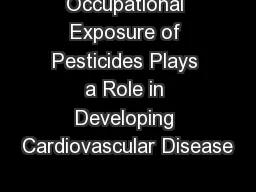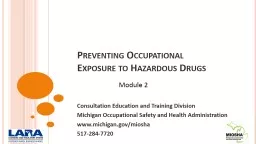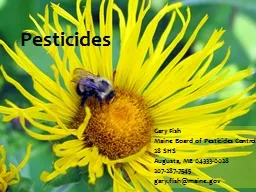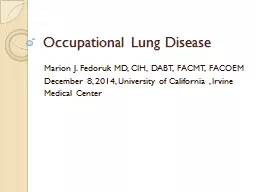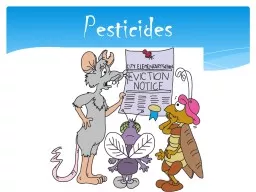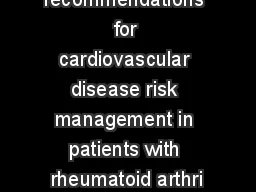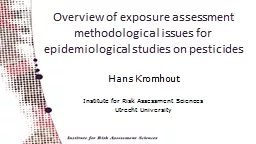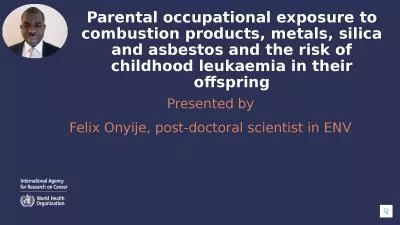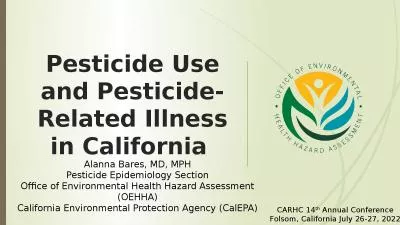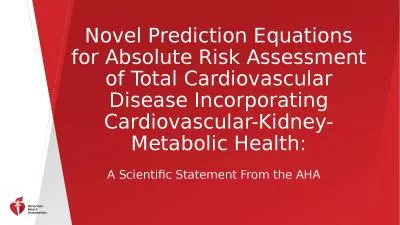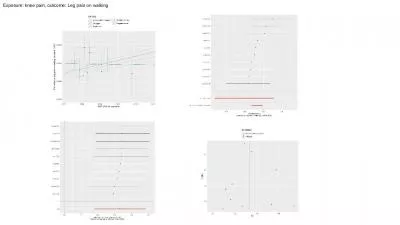PPT-Occupational Exposure of Pesticides Plays a Role in Developing Cardiovascular Disease
Author : acenum | Published Date : 2020-06-15
World Heart Congress Conference May 24 2017 Dr Zara Kuhnhausen Berg Biomedical Science Clinical Research Program John A Burns Medical School of the University
Presentation Embed Code
Download Presentation
Download Presentation The PPT/PDF document "Occupational Exposure of Pesticides Play..." is the property of its rightful owner. Permission is granted to download and print the materials on this website for personal, non-commercial use only, and to display it on your personal computer provided you do not modify the materials and that you retain all copyright notices contained in the materials. By downloading content from our website, you accept the terms of this agreement.
Occupational Exposure of Pesticides Plays a Role in Developing Cardiovascular Disease: Transcript
Download Rules Of Document
"Occupational Exposure of Pesticides Plays a Role in Developing Cardiovascular Disease"The content belongs to its owner. You may download and print it for personal use, without modification, and keep all copyright notices. By downloading, you agree to these terms.
Related Documents

